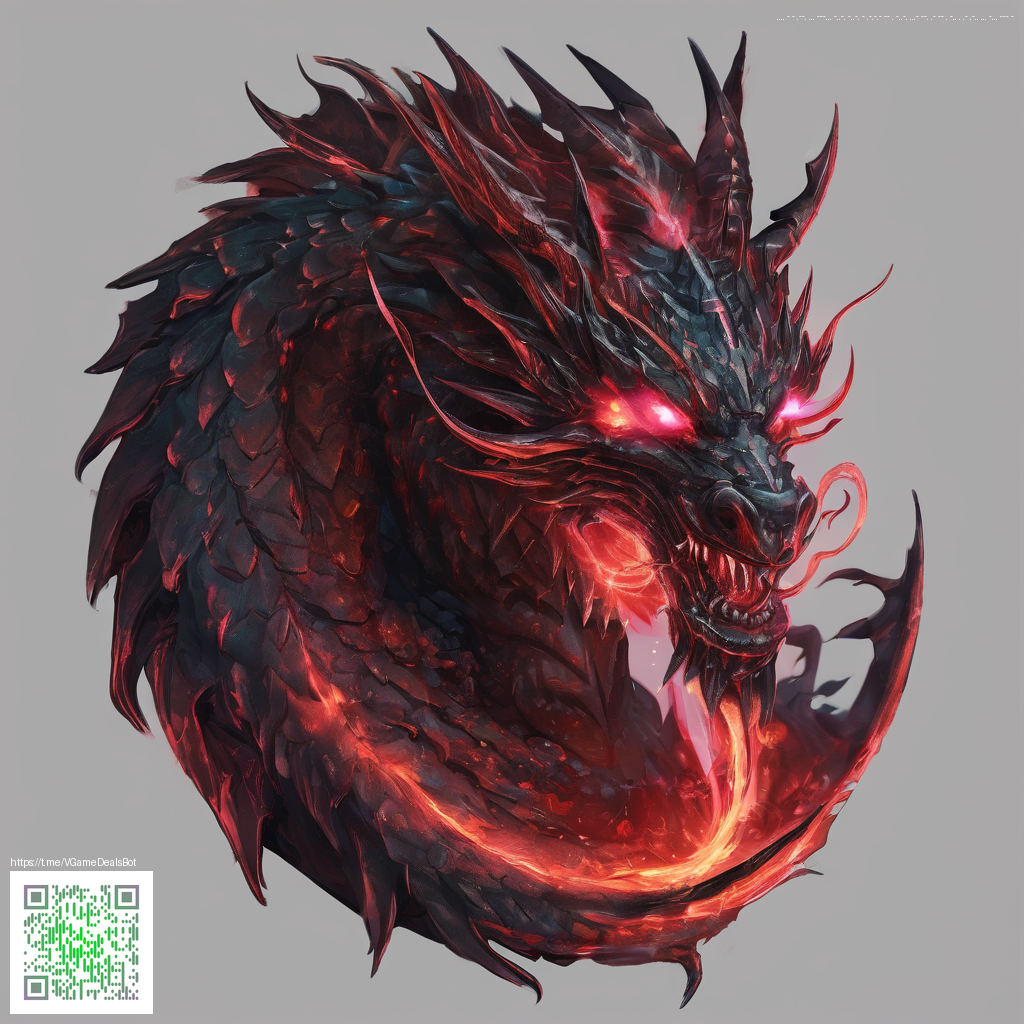
Understanding Seamless Pattern Design for Digital Papers
Seamless patterns are more than pretty tiles. They’re the backbone of cohesive digital papers used in invitations, scrapbook kits, printable planners, and product mockups. The goal is simple in theory but nuanced in practice: a repeat that blends into itself so no seams appear where one tile ends and the next begins. In modern design workflows, the emphasis is on flexibility—patterns that scale, tile, and adapt across surfaces without losing rhythm. Whether you’re creating a subtle texture or a bold motif, the process rewards deliberate planning, clean alignment, and thoughtful color decisions.
From Motifs to Tiles: Techniques for Seamless Repeats
A strong seamless pattern starts with a well-structured motif. Designers often begin by sketching or drafting a motif in vector form, ensuring that edges align perfectly when repeated. Techniques vary by software, but the core idea is to place elements so that opposite edges mirror or interlock in a way that hides repetition. In Adobe Illustrator or Affinity Designer, you can use artboards that reflect a perfect tile, then test by duplicating the tile across a larger canvas. Procreate on the iPad offers a more freehand approach for organic textures, followed by careful adjustments to avoid visible seams.
Color plays a pivotal role in seamless patterns. A balanced palette helps the repeat feel continuous rather than disjointed. Consider starting with a restrained palette of 3–5 colors and then exploring variations with tints and shades. When repeating, even subtle shifts in hue can create a living, textile-like feel that works well for digital papers used in both print and screen contexts.
- Tile alignment: ensure edges match in both color and motif placement.
- Edge treatment: avoid abrupt cutoffs by extending motifs slightly beyond tile boundaries or using soft textures at the borders.
- Scale discipline: test multiple tile sizes to find the right balance for your paper size and intended use.
- Texture integration: add a light grain or subtle noise to unify the patchwork of motifs.
Tip: When you’re unsure about a seam, tile your pattern at a large scale and then zoom in to inspect the transition. If you notice a jitter or a cutoff, adjust the edge motifs and re-test. Small tweaks can make a big difference in perceived seamlessness.
Color Craft: Palettes that Percolate
Color is the heartbeat of a digital paper. Harmonious palettes can be monochrome for minimalist designs or vibrant for playful projects. A practical approach is to design a master palette with a dominant color, a secondary color, and a neutral. From there, generate multiple variations by adjusting saturation and brightness, ensuring accessibility where needed. Don’t shy away from using a neutral background with a lively motif—this combination often reads well on screens and in print alike.
You can draw inspiration from real-world visuals and existing product aesthetics. For instance, when you peek into practical, everyday items—like a modern phone case with a card holder that’s MagSafe compatible—it's easy to spot lines, curves, and color relationships that translate nicely into patterned surfaces. If you’d like to explore a concrete example, you can view the product page here: Phone Case with Card Holder — MagSafe Compatible.
Practical Workflow: Tools, Tests, and Tips
A robust workflow often looks like this: create the motif in a vector or raster format, define the tile boundaries, test the repeat on a large canvas, and then refine until the edges disappear. For digital papers, it’s useful to export variations at multiple resolutions to see how the pattern holds up in different contexts—from small stationery textures to full-page backgrounds.
Inspiration can be found across many sources. A gallery or reference page can help you identify patterns that feel fresh yet timeless. For example, you might explore ideas on a curated inspiration page: https://amber-images.zero-static.xyz/3115442f.html. This sort of reference helps you calibrate your own repeats to achieve a contemporary, print-ready feel.
As you refine your process, remember that practical applications are your best teachers. Seamless patterns should adapt to a range of surfaces—digital papers, packaging mockups, and social media templates alike. The more you test across contexts, the more your repeats will read as intentional design rather than a simple collage of motifs.
Real-World Considerations
When designing for digital papers, consider how your pattern will be used. If it’s primarily viewed on screens, you may favor crisp lines and bolder contrast. For print-on-demand projects, you’ll need to account for color profiles, printer tolerances, and bleed margins. A pattern that maintains rhythm while gracefully scaling from thumbnail to wallpaper-sized panels demonstrates both technical skill and design maturity.
If you’re looking for a curated, practical example of clean, modern aesthetics often employed in digital products, exploring diverse patterns and their application can be enlightening. The interplay of rhythm, color, and texture in a well-crafted seamless repeat is what elevates a digital paper from flat decoration to a tactile experience.
Summary of Best Practices
- Start with a strong motif and plan the tile edges before drawing.
- Keep a cohesive color strategy with a flexible palette.
- Test repeats at multiple scales and on different backgrounds.
- Use texture to unify disparate elements without overpowering the pattern.
- Document your workflow for reproducibility and future edits.